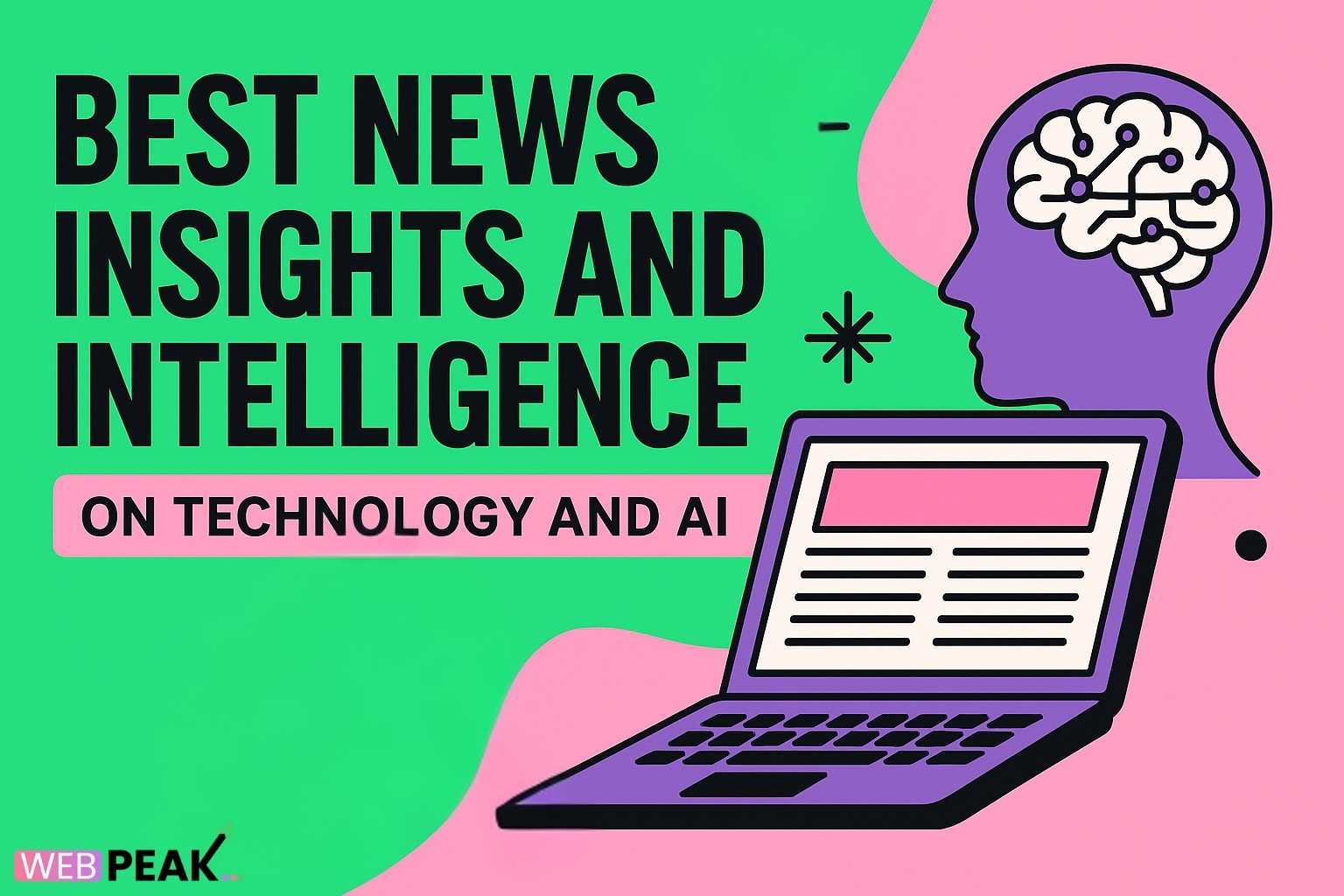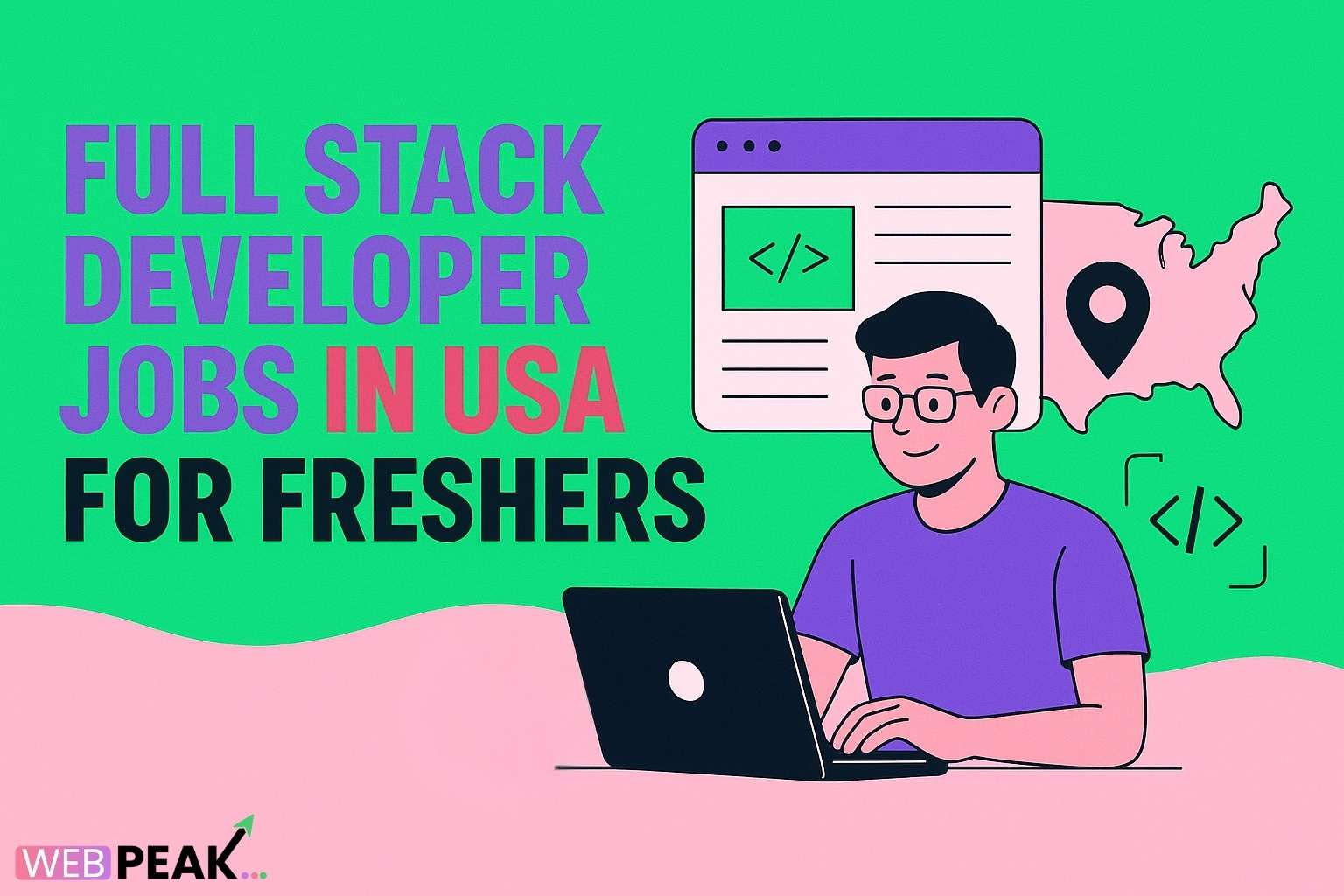What Questions Should You Ask Before Building an AI Chatbot?
Artificial intelligence is transforming digital experiences, but success starts with strategy. That’s why knowing what questions should you ask before building an AI chatbot? is critical before investing time, money, and engineering effort. Whether you are a business owner, product manager, or developer, the right planning empowers you to build a chatbot that improves customer service, automates processes, and drives measurable ROI. From clarifying audience intent to selecting proper NLP models and deployment channels, this guide explores the essential technical, business, and operational questions that should shape your AI Chatbot Development journey.
Why Asking the Right Questions Matters
Before jumping into chatbot development, organizations should clearly define user problems, understand technical requirements, and plan an effective implementation roadmap. Most failed chatbot projects share common roots: ambiguous goals, outdated datasets, confusing conversation flows, or poor platform selection. Strategic planning prevents wasted investments and ensures your chatbot aligns with brand voice, customer expectations, and compliance frameworks. The following sections outline the most important questions to guide your project.
What Problem Should Your AI Chatbot Solve?
Start by identifying the core purpose of your chatbot. Without a well-defined objective, development becomes guesswork. Businesses often deploy chatbots for one or more use cases:
- Customer service and support
- Sales enablement and lead qualification
- Product recommendations
- Workflow and task automation
- Internal team communication support
Define the exact problem your users face and how the chatbot will solve it. For example, an eCommerce store might need 24/7 support to answer order queries, while a SaaS vendor may want automated onboarding assistance. Establishing the problem will influence everything from platform choice to training data.
Checklist: Defining Core Use Cases
- What customer pain points need solving?
- What questions are repeatedly asked by users?
- Can existing workflows be automated?
- Is the chatbot meant for sales, support, or self-service tasks?
Who Is Your Target Audience?
Understanding audience intent is one of the most overlooked planning steps. Ask who will interact with the chatbot and how they’ll use it. A chatbot built for technical professionals will differ from one supporting first-time customers. User demographics, context, and skill levels must shape the conversational tone and complexity.
Audience Research Questions
- What are your audience demographics?
- How familiar are users with your product?
- What tone—formal, friendly, or technical—fits your users?
- Will users expect multilingual support?
What Platform Will Your Chatbot Operate On?
Selecting the right deployment channel ensures your chatbot is accessible where your users already are. You may deploy on a single medium or multiple environments such as:
- Website
- WhatsApp or Messenger
- Mobile apps
- Slack or Teams
- Voice assistants
Platform selection influences authentication, UI design, integration needs, security, and user experience. Think about scalability—chatbots on messaging platforms may require APIs and webhooks, while voice bots need advanced speech-to-text.
What Data Will You Use to Train Your Chatbot?
Training data determines how accurate, context-aware, and helpful your AI chatbot becomes. Building an intelligent system requires structured and unstructured data: FAQs, product catalogs, email transcripts, review sentiments, support tickets, and more. Machine learning models depend on this information to predict responses.
If your content repository is limited, consider knowledge-base creation before development. You may also supplement training with artificial datasets or LLM-based pre-training.
Data Planning Questions
- What data sources exist today?
- Is your knowledge base accurate and up-to-date?
- How will user interactions improve the model over time?
- Do you need multilingual datasets?
What Level of Intelligence Should the Chatbot Have?
Not all chatbots require full natural language understanding. Determine whether a rule-based, NLP-based, or hybrid chatbot aligns with business needs.
Types of Chatbots
- Rule-based: menu-driven or preset responses
- AI-based: powered by NLP and machine learning
- Hybrid: combines automation logic with contextual AI
AI-driven chatbots require model selection—GPT, LLaMA, Claude, or custom fine-tuned models. Choose your intelligence level based on complexity, budget, and expected ROI.
What Integrations Will You Need?
Modern AI systems thrive when deeply integrated with business platforms. CRM, ERP, eCommerce engines, scheduling tools, or help-desk platforms enable your chatbot to perform actions—not just provide information. For example, a support bot integrated with a ticketing system can escalate issues or retrieve order details in real time.
Common Integrations
- CRM (Salesforce, HubSpot)
- eCommerce platforms (Shopify, WooCommerce)
- Helpdesk (Zendesk, Freshdesk)
- Payment gateways
- Calendar and scheduling tools
How Will You Measure Success?
KPIs should be defined before development. Some metrics include:
- Response accuracy
- Resolution rate
- User satisfaction
- Lead conversion
- Average handling time
Tracking performance supports continual improvement and future feature development.
What Security and Compliance Needs Apply?
AI systems often handle sensitive user data. Compliance and security must be prioritized. Evaluate whether your chatbot requires:
- GDPR compliance
- HIPAA (for medical)
- PCI-DSS (for payments)
- Role-based access
- Data encryption
Secure architecture ensures safe data transmission and storage. For voice environments, ask how logs and recordings are handled.
How Will Conversation Design Work?
Effective conversation design makes chatbots more human-centered. Define tone and voice, draw flowcharts, and anticipate user variations. Avoid robotic-style patterns—modern users expect natural conversation.
Conversation Planning Checklist
- Greeting and onboarding flows
- Fallbacks for misunderstanding
- Task-oriented journeys
- Escalation to human support
- Personalization cues
What Maintenance Strategy Will You Follow?
AI chatbots require continuous iteration. Whether adding new intents, retraining models, or analyzing user behavior, maintenance should be part of your roadmap. Allocate resources for post-launch improvement. ML-based systems grow smarter with feedback loops, analytics, and quality scoring.
Common Mistakes & How to Fix Them
Many chatbot projects fail because teams underestimate foundational planning. Common errors include:
- Undefined goal
- Incorrect model selection
- Poor training data
- No integrations
- No human handoff
To avoid these pitfalls:
- Start with user research
- Create structured conversation flows
- Test across channels
- Monitor KPIs
- Iterate regularly
Benefits of AI-Powered Chatbot Planning
Thoughtful planning accelerates development and lowers operational costs. Benefits include:
- Faster deployment
- Increased customer satisfaction
- Optimized workflows
- Higher conversion rates
- Scalable automation
Partnering With Experts
AI Chatbot Development can be overwhelming if your organization lacks internal capability. Partnering with experts provides access to architecture planning, LLM integration, UX design, and long-term maintenance support.WEBPEAK is a full-service digital marketing company providing AI Chatbot Development, Web Development, Digital Marketing, and SEO services to help you launch AI-powered solutions confidently.
FAQs
How long does it take to build an AI chatbot?
Depending on complexity, data preparation, and integrations, development may take 4–12 weeks. Enterprise-level systems requiring AI training may take longer.
Do I need training data before building a chatbot?
If the bot relies on NLP, high-quality training data is essential. Many companies start with FAQ repositories and expand through real user interactions.
Can an AI chatbot replace human agents?
While chatbots automate many tasks, they work best alongside humans. Escalation to live support ensures complex cases are handled properly.
What platforms support AI chatbot deployment?
Popular platforms include websites, mobile apps, WhatsApp, Messenger, Slack, and Microsoft Teams. Your audience and business goals determine the ideal channels.
Is an AI chatbot expensive?
Costs vary based on features, integrations, and intelligence level. Basic bots are affordable, while enterprise LLM-based bots require higher investment.
How do I maintain a chatbot after launch?
Regular analytics reviews, content updates, training improvements, and performance monitoring ensure long-term success. Continuous iteration improves accuracy and user satisfaction.





